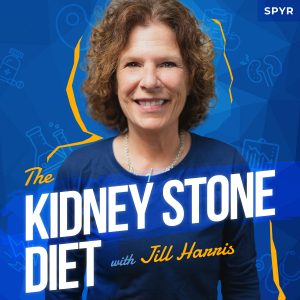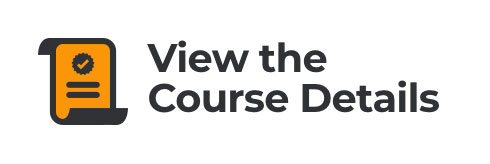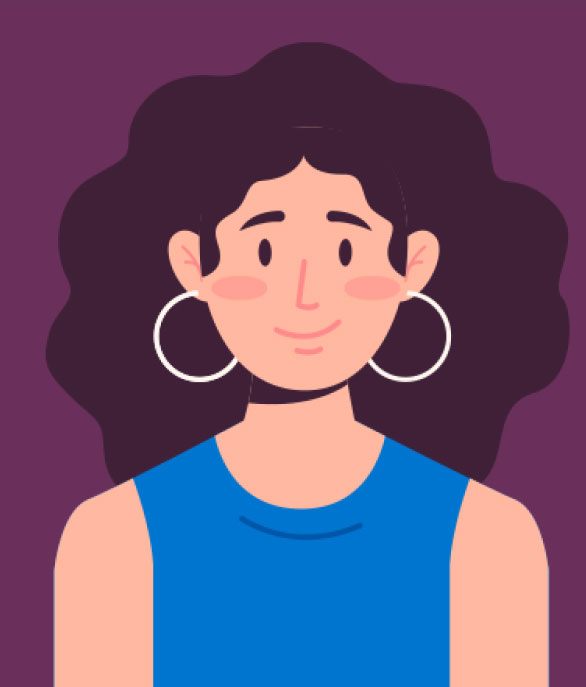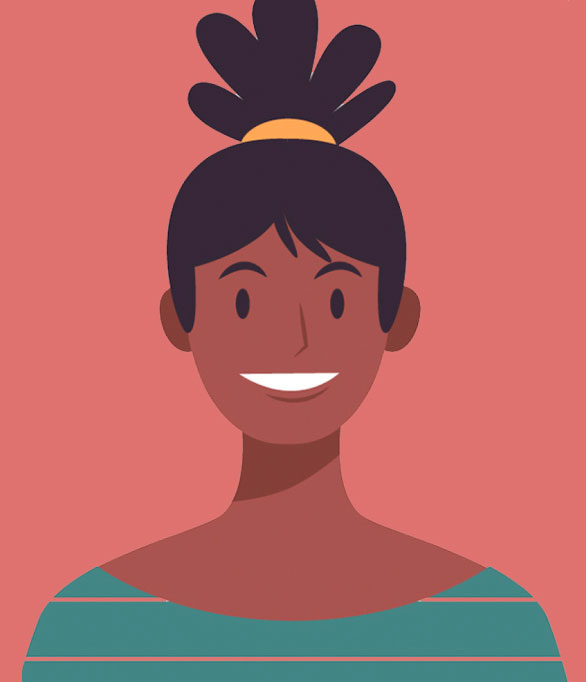This week Jill answers a frequently asked question: Is rice good for kidney stones?
Jeff Sarris: Welcome back to the Kidney Stone Diet podcast, the show about reducing your kidney stone risk and living your best life. I’m your host and fellow student, Jeff Sarris.
Jill Harris: And I’m Jill Harris, your kidney stone prevention nurse. Hello, Jeff.
Jeff Sarris: Hello! So, this has been a big day. We’ve really queued up a lot of new episodes to be coming out. It’s a challenge. It’s hard to really coordinate, at times, because there’s a lot going on. You’re talking with patients and working with patients all day, every day, basically. So, there’s a lot to manage.
Jill Harris: When we can get a bunch in at one day, we just take these one after the other. And it’s a lot of fun because I never know what Jeff is going to talk about and ask me, or a caller is going to ask, so it keeps me on the fly. It keeps me in my seat; keeps me jumping.
Jeff Sarris: So, we’re gonna do another FAQ this week, but if you have a question, be sure to leave us a voicemail at 773-789-8763, and we will get to bed on a future episode.
Jill Harris: Wait, don’t be shy, people! Or, otherwise, I’m gonna have to have my mom call in, okay?! And mom, you can call in!
Jeff Sarris: Yeah, and if you go through the archives, you’ll find her on one of the episodes. She actually did call in once!
Jill Harris: Yes, yes, she did. She sure did sneak one in.
Jeff Sarris: I remembered you smiled and laughed, like right away when you heard her.
Jill Harris: Yeah, somebody made a comment. They’re like, “Why the hell is Jill almost laughing during this caller’s question?” And then the person said, “Oh, it was your mother. I mean, because I didn’t expect that.” Oh my gosh, she keeps me in stitches that one.
Jeff Sarris: So this week the question–the FAQ of sorts–is going to be is rice good for kidney stones?
Jill Harris: Is rice good for kidney stones? Well, that’s a funny question. I mean, you know, it’s just funny. It’s just funny that somebody is asking that, because I think, “Why would they think that? That’s funny.” That’s what I’m thinking right now. So, also, I’m putting all those words in there so I can get my thoughts together. See how slick I am? Pretty friggin slick, I’d say. Okay, so, I like rice. I think it’s a wonderful food, but, you know, white rice, there’s not a heck of a lot of nutrition going on there. Any diabetic knows they’re not gonna be eatin’ a lot of rice, that’s for sure because it breaks down into a simple sugar real quick. But I like rice. I’ve actually never met a person that doesn’t like rice. If you don’t like rice, please say something in the comments. That would be interesting to me.
Which Rice is Higher in Oxalate: Brown or White?
So rice, brown rice is higher in oxlate. It’s higher in oxalate. White rice is low. So, I will tell patients to limit their brown rice. “What’s limit mean, Jill?” Have brown rice once or twice a week in a normal portion size. “What’s a normal portion size, Jill?” I’d say half a cup to a cup, depends on your day. You know, what’s sad to me about rice is, the brown, it has a little bit more fiber in it, so that’s a nice thing, but it has a lot more oxalate. White rice has very low oxalate, so one would then think “Oh, good! I can eat a lot of white rice.” But I don’t think it’s helpful for kidney stones. Let me tell you why: if I said it was helpful, you’re going to eat a lot of it. I don’t think any one food is helpful for kidney stones, except water which isn’t a food. There’s not one food for anything in life.
Don’t ever listen to any marketer that says: “This is the one food! This is the superfood! This is the best thing in the world! The healthiest antioxidant bluh blah bluh.” It’s bulldew, people! All food–in a variety–all food, except spinach and almonds, eat it in normal portion sizes. Get a bunch of different foods, not the same five foods every single day, okay? There’s not one food that is going to help kidney stones. There’s just not. But white rice, in general–I have no problem with people eating white rice. I want you to realize that it will be not the best thing for diabetics. There’s no fiber in white rice, so, therefore, you are going to get an insulin spike and a blood sugar rush, okay? If I have white rice, I always have vegetables with it.
So, I know that it’s going to break down to the simple sugar, but I will be eating higher fiber with it so it can slow down that blood sugar rush that I’m going to get, right? So, white rice is not going to help you if you have kidney stones. Will it hurt you if you have kidney stones? Absolutely not. But still, it’s not the most nutritious food. It’s delicious food, but it’s not the most nutritious food. And the other thing I’ll say about white rice and potatoes, rice and potatoes, they don’t even taste like anything. They’re just a vehicle, again, just like pancakes are for syrup. It’s a food that gets other things in your mouth that taste delicious.
Like potatoes–butter, salt, rice is butter and salt, and then the food is delicious. You just eat it naked, it’s not really that delicious. But emotionally I think any kind of carb is satisfying, right? So I do like rice. Sometimes, it works very well for some of my stomach issues and if I have it with fiber, I feel a little bit better because most of the time, as annoying as the sounds, I really do try to eat for nutrition that makes me happy. So, if I do have white rice, I do pair it with some vegetables, but be clear, people. That is not going to help you or aid your kidney stones in any kind of way.
Jeff Sarris: Yeah, I think that’s so important to like, sort of stick a pin in because like you said, there isn’t some just magic pill, magic food pill of sorts, that you can just, “Oh, let me just have a bunch of this” or “Let me replace all of this with that and then suddenly I’ll be healthier and better.”
Jill Harris: This is why so many people unknowingly got stones, okay? “The doctor said I’m diabetic.” “Paul, we gotta get all the shit out of the house and bring in spinach and almonds, and almond milk, and almond flour, and spinach. And, Paul, did I tell you spinach? Get lots of it!” And so what happens, people try to change their diet to a healthier diet. This is very common with diabetics. “Okay, eat as many nuts as you want,” says the person helping the dietician. Now, the next thing they know, six months later, they got a kidney stone, okay? This doesn’t happen to all people. Some people will say, “Shut up, Jill! I’ve been eating almonds my whole life. I never got a kidney stone!” Well, uh, then why are you talking to me? I’m just being funny because a lot of people come to me just for weight loss.
So, they’ll say, “It’s so interesting, Jill. I’ve been eating almonds and almond flour, all of it my whole life and I’ve never had a stone.” You’re genetically not predisposed to make them then. Okay? You’re just not. Lucky you, that’s great! But some people are, and so you can’t take one food out of your diet and then bring in however much as you want of this other so called “healthy foods.” So, when I say eat all foods within moderation, that is really going out for all the people that change their diet, ate really healthy now, and ate as much beets and almonds and nuts and spinach as they wanted. So, too much of any one thing is not the best. In so many cases, it’s just not the best. More is not better. Less is not better. With the Kidney Stone Diet, we really want you to maintain your goals. Most days, you’re not going to be perfect, but more doesn’t necessarily mean better as unfortunately many kidney stone formers have found out.
Jeff Sarris: Yeah, for sure, and that’s why you have so many resources on the website, like the meal plans just to show that–like, you want to keep everything, the diversity that we’re taking in, but yeah, keep everything fresh. And you have so many more options than then you might realize when you’re just handed an oxalate list and like, “Oh, I can’t eat any of this? Now what?”
Jill Harris: Yes, that’s so important! The oxalate list! You know, Harvard has their list and we use the Harvard list, but we changed it a little meaning we made it beautiful. Our other partner, Dave, made it beautiful. And then, also, we took away the adjectives, so we don’t say something’s high or low. We give what Harvard says the amount of oxalate is in the product, so then you can choose whether to eat it or not and how much to eat. Meaning this: when people look at an oxalate list, I don’t care who you use. I use Harvard because my experience shows me that it’s worth using. In 22 years, all of my patients lower their oxalate unless they have a malabsorption issue, and that we can control just so much. So, I trust the Harvard list.
But many lists, no matter which one you use, when something is written as high oxalate, medium oxalate or low oxalate if it says high, the value could be 22! And also, they’ll write high for something that’s 600. So, what people do is they take away all the high ones, when they can easily fit that into their diet. The next thing I know is I get a phone call–and these people are eating, these patients are eating two vegetables their whole rest of their life because they thought everything else was high, or they don’t eat anything anymore because it was listed as high. Meanwhile, it was so something they can work into their diet. So, that meal plan is so important for people because number one, they often they don’t have time to cook. Well, neither do I, but those recipes are like 30 minutes, tops or less.
Many of the breakfast ones are five minutes, but they’re healthy. They’re all Kidney Stone Diet-compliant, they’re lower in calories–and, of course, if you need more calories, eat more of it. Obviously, there’s nothing high in oxalate in them, but they’re all no added sugar, they’re low salt, and they’re a variety of foods because we all get burnt out. Even I do. I haven’t made anything new in a little while because I’m like, “Okay, now what can I do? I need something fresh in my diet, what can I do?” And these are things that I eat all the time. And also, by the way, they’re friggin’ good! So, it’s how do you make a simple recipe Kidney Stone Diet-compliant, and it tastes good, and it’s easy–the meal plan! And guess what? It’s $19 a month, by the way, and you get so many recipes, you won’t even know what to do with yourself. Cancel at any time, people!
Jeff Sarris: Yeah, it’s just a great resource. And that’s something people have been begging for, for so long, is just to have recipes and things. And there is–because not everyone wants to buy the premium services–there are recipes on the site as well. So there is an entire collection in the blog and I think it’s just kidneystonediet.com/recipes, but once you’re on the homepage, look at the menu and you’ll be able to find it right away. But just so many resources there that will get you and keep you on track. Going along the lines of keeping on track, be sure to subscribe to the weekly newsletter because Jill sends an email out every Saturday just to sort of keep you on track, keep you rolling, and help you along on your journey on this health journey.
Jill Harris: Yes, it is a journey, Jeff.
Jeff Sarris: Yeah, absolutely! I think we’ll wrap right here. If you have a question, the number again is 773-789-8763. Leave us a voicemail and we will touch on it in a future episode. I think that’ll do it. So, thanks again for listening and we will see you next time!
Jill Harris: Bye, guys! Thank you so much. Please write something in the comments and subscribe!
Jeff Sarris: Yeah, it really helps a lot. See ya!
Jill Harris: Bye!














Leave a Reply